Guest Blog Post provided by: Danial Ndukwu, Founder of KyLeads
How committed are you to growing your business, attracting customers and keeping them for life?
Since you’re doing business in the first place, I’m going to assume you’re more committed than most.
As you know, competition is inevitable and It’s important to stand out by making use of strategies that’ll work now and in the future. Some of the most effective strategies focus on the customer experience you create and, by extension, compel people to take your desired action.
An email activation campaign is one of them and can be used to recover lost customers, attract new ones and keep both groups coming back. Engagement, brand awareness and lead generation are the top strategic objectives in email marketing.
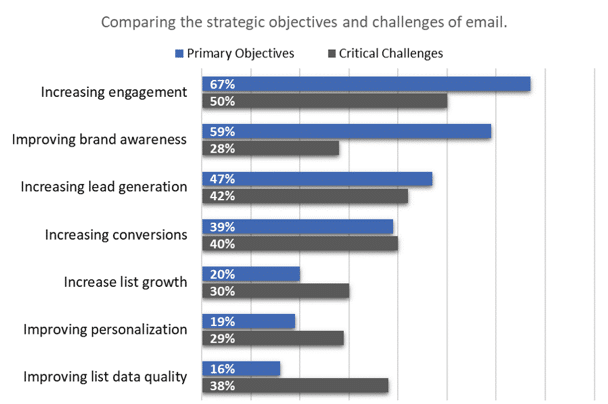
Before we move on to discuss email marketing strategies for customer activation, it’s good to have an understanding of the AARRR framework in which email plays a vital role in Activation (the second A in AARRR).
What is AARRR?
AARRR is a 5-step framework created by Dave McClure for measuring business growth through multiple stages of the customer lifecycle. AARRR stands for Acquisition, Activation, Retention, Referral and Revenue.
Acquisition:
Acquisition refers to the process of getting new customers to sign up for your products and services. There are countless ways to acquire users which include paid advertising, public relations, SEO, and more.
Activation:
This is the point where your customers have started using your product because they have realized it’s value and benefits. Some people sign up for your products but don’t use it, so a customer is said to be activated when she is actively using the product.
Retention:
You have successfully retained your customers when they keep coming back for your product. Customer retention reflects a company’s marketing efforts and its entire product success.
An effective way to keep them coming back throughout the funnel is with the help of automation. Know that there are lots of marketing automation tools out there, already 35+ in the overview. Many email marketing tools can also do (although simpler) automation campaigns.
For example, you can send out emails offering discounts to customers who’ve been with you for a while or regularly send out emails with updates and educational material.
Revenue:
This is the stage where users purchase your product and you also work on increasing your revenue through different tactics like upsells and upgrades. The best way to increase revenue is to make your customers more successful with your product so they naturally upgrade their plan.
Referral:
At this point, your customers have used and found success with your products. Now, they’re ready to spread the gospel because your product works like it was meant to and they’ve had a positive experience with your brand. Keep in mind referrals don’t happen by accident.
I encourage you to read up on the AARRR framework to understand the power of the whole funnel. I have written before on how the AARRR metrics funnel and email marketing go very well together.
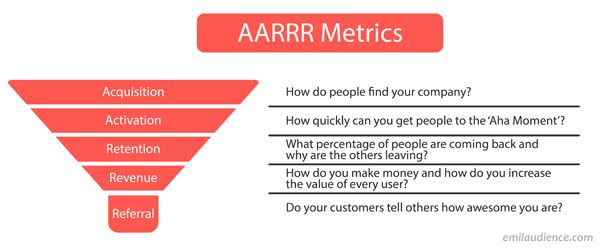
In this article let’s look at how you can use email marketing in the half of AARRR to activate your users.
4 Email activation strategies
Before I dive into the strategies for using email marketing, there is an important caveat. Not all of them will work for every type of business.
Test and tweak them to your particular situation instead of trying to copy the examples outright. That’s the only way to reap the rewards. Even when something works for you, it’s a good idea to keep on experimenting so you can increase the efficacy of the strategy over time.
1. Send a welcome or ‘get started’ email
A welcome/get started email is the first impression a new subscriber has of you. It’s vital to have a good first impression because it goes a long way towards determining whether or not they’ll stick around.
Look at the benefits:
- It’s a means of welcoming new users onboard while showing them the next steps.
- It also promotes activation by educating a new user about the ways they can get the most out of your products and services.
- It serves as an opportunity to entice your users into purchasing your products through free trials or whatever promo or bonuses you have come up with.
A good example is a welcome email by Youversion Bible App.
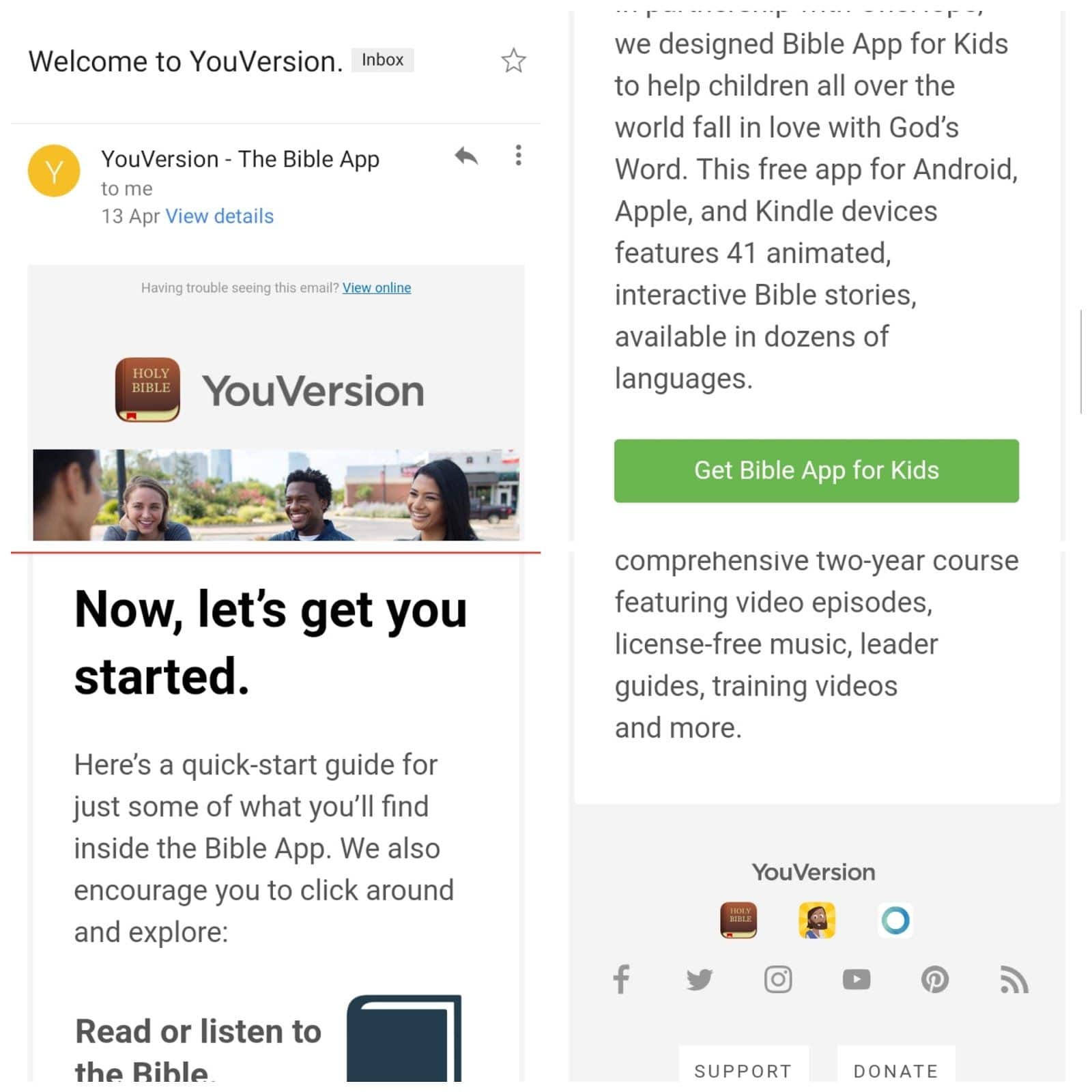
This email begins by welcoming the user and then offering a quick-start guide on several features of the app. It highlights the most important and interesting features so the new user can familiarize themselves with the aspects of the app they’ll be using most often.
The email also advertises other apps owned by the same company, includes a brief description of the app and a link to download. It also includes links to the company’s social media sites which can be an asset in B2C and B2B marketing.
Activation doesn’t work from the spam folder, test your emails for deliverability.
Note that for email deliverability you should always properly, and functionally test your emails so the sending is configured right. That goes for any type of email you send. Welcome emails in particular though, because often enough they are sent through a different system or server than your newsletters and commercial emails. You can, for instance, use the free email deliverability checker at emailaudit.com and it will spit out in colors what needs to be adjusted.
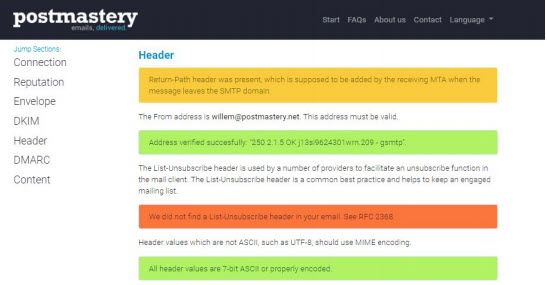
Deliverability might seem quite technical for most, but server configuration renders reputation, and authentication and proper encoding need to be in order. Activation doesn’t work from the spam folder.
2. Use personalized emails
Personalization is an essential element of a great activation email campaign. When used correctly, they can create a deeper connection with your customers while promoting your desired action.
Personalized emails for activation are tricky because many of them can work for both retention and activation. It all depends on the context. If someone hasn’t logged into your app for a while then it can be considered an activation/reactivation email. If it’s a power user then it’ll be a retention email.
Here are a few ways to use personalization:
- Network activity notifications. These are notifications a platform sends you which focus on what people you’re friends with, have a connection with, etc. are doing. When LinkedIn sends emails like, ‘Look who’s been looking at your profile’, it piques your interest and increases the likelihood that you’ll click the CTA.
Slack does something similar with weekly updates about workspace activity. It shows you the most active members, total messages, and where those messages were sent. If you’re using the mobile or desktop apps, you’ll see notification icons encouraging you to use the app.
These curiosity triggering emails come in various forms and can be automated and sent to customers to keep them engaged with your product.
Here’s an example from LinkedIn.:
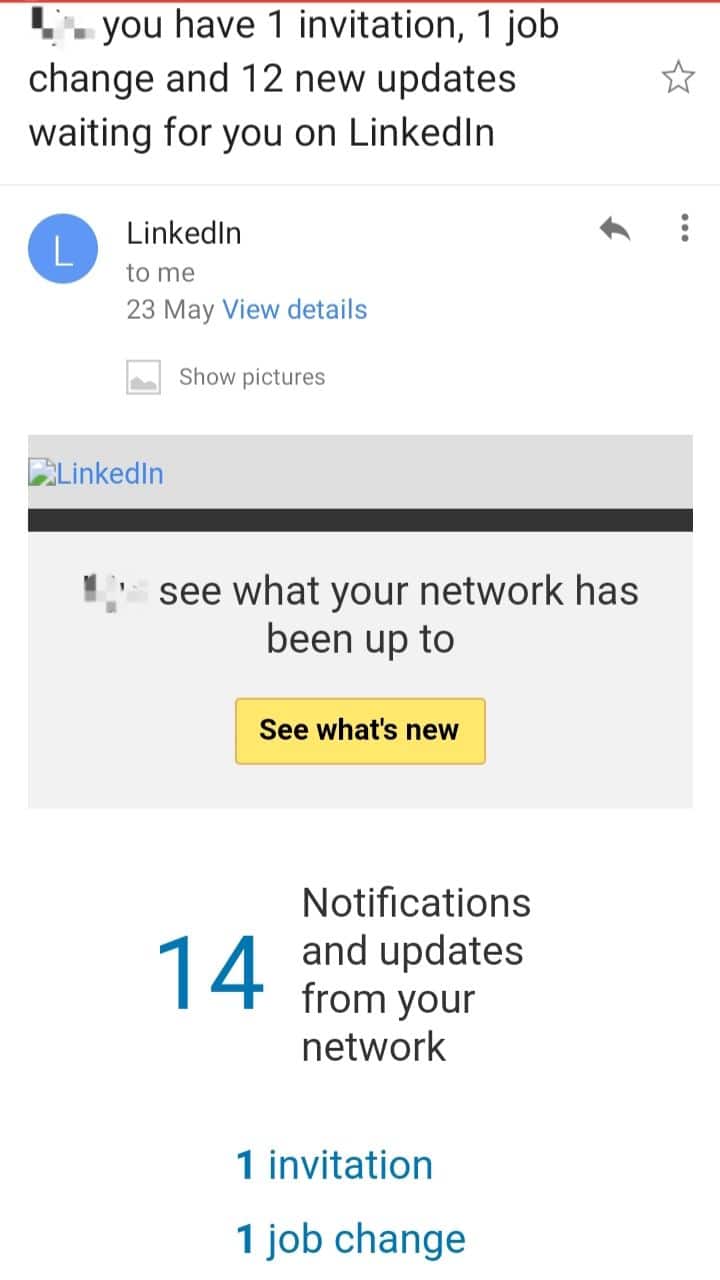
In this email, LinkedIn notifies the customer of activities that took place while the customer was away from the application. It also highlights the ones that the recipient may find most interesting. And a CTA button for each notification is included in the email.
- Send Birthday, New Year, Christmas, etc. emails. This goes a long way towards saying ‘you’re more than a dollar sign’. Though it may seem small, it’s a great trust builder. When you send emails on their special days, it shows an attention to detail that may also translate to the products and services you sell.
Create captivating email activation templates you can use regularly for this purpose. Be sure to match the content of the email to your brand’s personality so it doesn’t come off as stiff and automated (even though it’s automated). Some brands go as far as sending out gifts while others offer discounts to their customers on these special occasions.
- Trigger emails based on behavior. It’s not enough to tell your customers about your products once. Another nudge (or two) is usually needed to keep them engaged. Let’s look at this example from Afribary:

Afribary encourages the user to take further action by nudging the customer towards a project they mentioned they were working on. The email then states what the customer stands to gain by hitting the CTA button and concludes with a brief description of Afribary’s products and services that would be valuable to the customer.
You can come up with several personalized emails of your own to enhance customer activation such as ‘thank you’ emails, congratulatory emails, etc.
3. Implement reminder emails
Sending periodic activation emails to your customers will go a long way towards encouraging product use. Reminders such as upgrade notifications, trial expiration, cart abandonment, and new product notifications will keep you top of mind. Here’s another example from LinkedIn:

The email stirs curiosity with the title because it focuses on activities directly related to the recipient. It goes on to explain why you’d be interested in knowing who viewed your profile. The CTA is a button that implies you can find out who’s been viewing your profile. In reality, you have to upgrade to premium but we’ll lump that into the trend of dark patterns found in some apps.
4. Take advantage of feedback/enquiry emails
This is indirectly related to activation and can inform the way you go about sending the other emails in your arsenal.
Feedback helps you answer the question ‘How do you get to know your customer’s part of the story, how do they feel about your product and the overall experience’?
There are many different reasons for tire kickers or losing customers over time. For every person that tells you why they’re unhappy, there are dozens more who will just leave. It’s your job to be proactive and find out those hidden reasons.
Of course, your tool isn’t going to be right for everyone who tries it but there may be deeper motivations for leaving. It’s possible your solution hasn’t been positioned properly to coincide with their interests, wants, needs, etc. This is where psychographic segmentation can help. In your feedback survey, be sure to ask open-ended questions that give you insights into who your customers are as individuals.
Here’s a feedback request example:
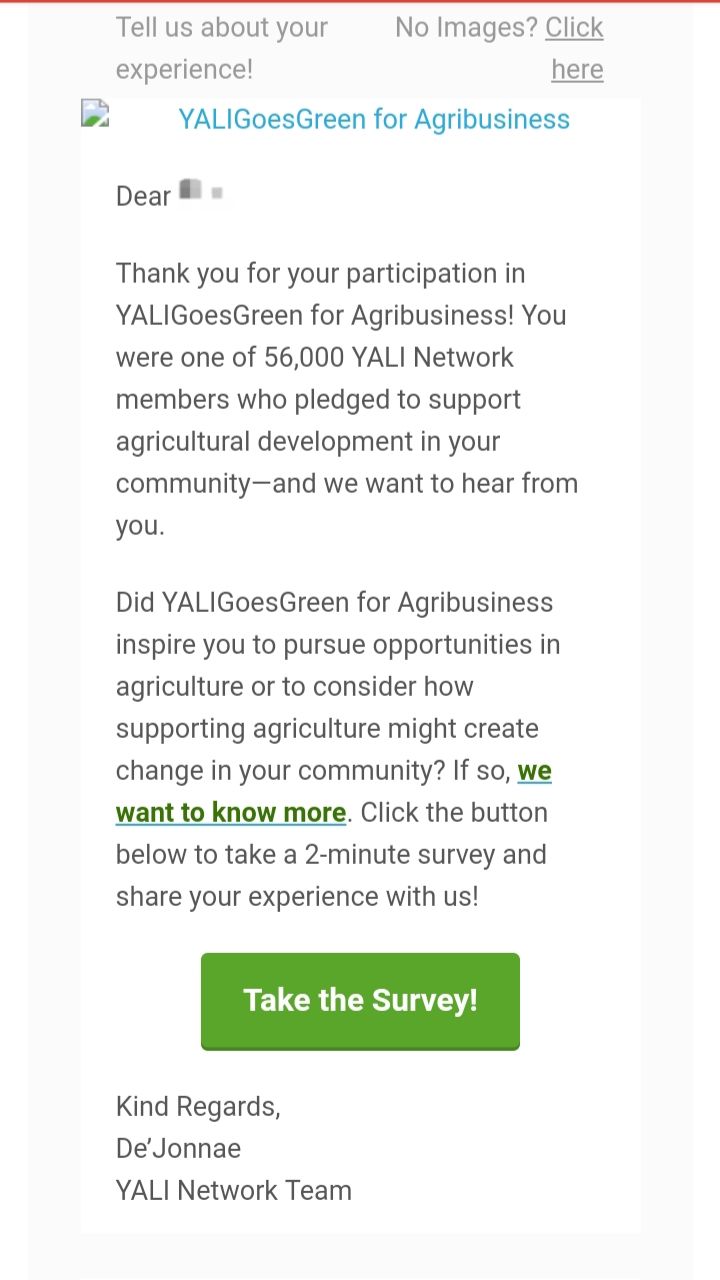
The email begins by appreciating the customer and then encourages the customer to give feedback on their experience. The company can then use that information to spot patterns and improve their activation process over time.
Conclusion
Many brands only pay lip service to the role of email marketing. They acknowledge that it works but don’t invest the time, energy, or resources to derive an ROI from it. In this technology-driven era, email isn’t optional, it’s essential.
This article has looked at four methods to help you create activation emails that work as part of an integrated marketing strategy. In the end, email marketing is one of the best tools at your disposal to activate new and old subscribers alike.
Try out these four strategies and see the impact it has on your business. If you have any questions about email marketing or have any other great strategies, leave a comment below and join in the discussion.
Guest Blog Post provided by: Danial Ndukwu, Founder of KyLeads
